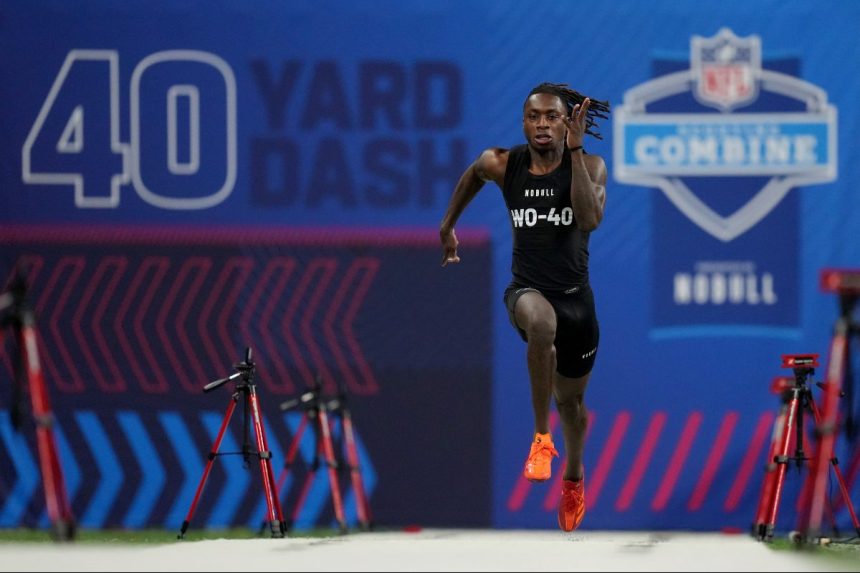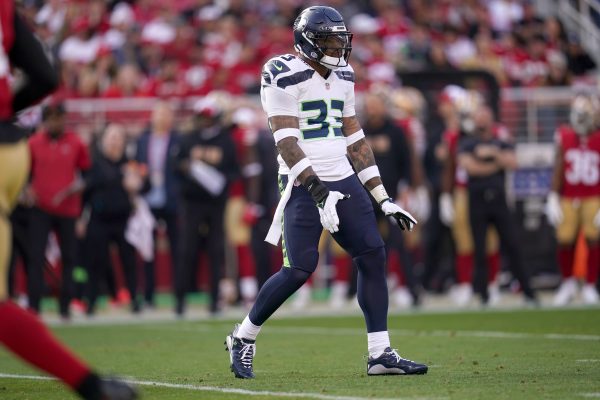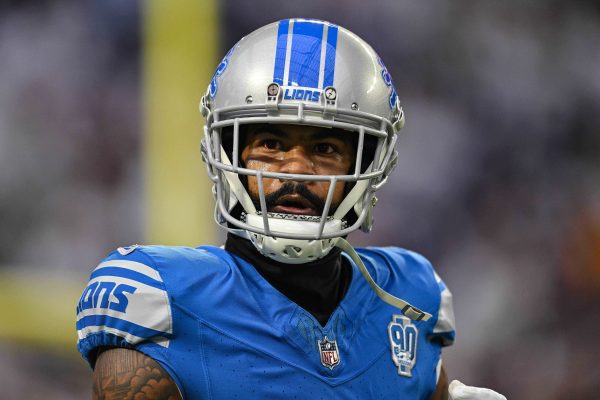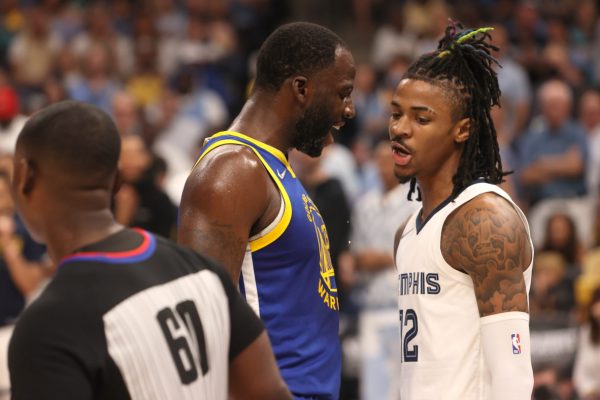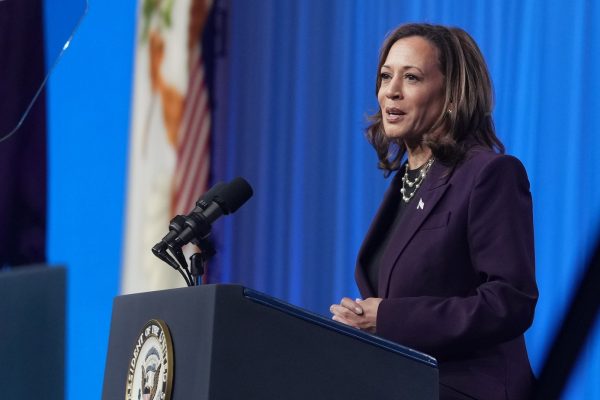One NFL agent expressed some distaste for the 40-yard dash at the NFL Scouting Combine, claiming that it doesn’t translate to every position.
“It’s archaic, outdated and doesn’t translate for all positions,” the agent told ESPN.
The 40-yard dash has become such an important event that players are focusing on that drill more than others, sometimes not participating in things like the L drill or shuttle.
“Complete night and day, even versus seven, eight years ago,” athletic trainer Matt Gates said. “It’s just a completely different ballgame now. It’s such a huge focal point. … A decade ago, we came here and everybody ran the 40, but you also did short shuttle, you did the L drill — you did everything. Guys are doing less and less of that and just focusing on the 40-yard dash now because that’s a big money event.”
Xavier Worthy set a combine record on Saturday by recording an official time of 4.21 in the 40-yard dash. The unofficial time for that run was 4.22.
XAVIER WORTHY JUST RAN A 4.22u 😱
THAT TIES THE NFL COMBINE RECORD! pic.twitter.com/y5URe06MKQ
— Ahn Fire Digital (@AhnFireDigital) March 2, 2024
Gates, who specializes in training prospects for the NFL combine, is the co-owner of XPE Sports. He’s been training NFL draft prospects since 2003.
The 40-yard dash certainly means less to players at positions where speed isn’t valued as much (such as offensive line) than a skill position like running back or wide receiver. The NFL – and the talent evaluators for teams – certainly would like to see players run the 40-yard dash, but it’s not all that they look at.
“It’s play speed, more for us. What am I watching when I’m at a game live?” Buffalo Bills general manager Brandon Beane said. “Do you feel that guy’s speed jump off when you’re on the field? You can see it on tape, the guys that have it. I’ve seen guys that are 4.4, but they don’t play 4.4, they play 4.5 because they’re thinking too much or they just don’t have a good feel for the game.
“And then I’ve seen guys play much faster than they run [in the drill]. They didn’t train for it very well, but they play fast, they process and they’re really good players. So again, I’m looking more at what do they look like in their pads playing the game, understanding all the concepts more than just, what is that true 40-yard time.”
The 40-yard dash is much different than anything happening in an actual NFL game. First off, players don’t wear pads or helmets during the drill, so they may naturally be faster without the extra equipment on.
Also, every play in an NFL game doesn’t require players to sprint at full speed for 40 yards. There is a lot of direction change on many plays, especially for defenders pursuing a ball-carrier.
NFL draft prospects can forgo events at the combine if they choose to do so, such as the 40-yard dash, but for players that aren’t already considered to be first-round picks, it could hurt their draft stocks if some of their competition does participate in the event.
It’s easier for a player like Marvin Harrison Jr. – one of the top wide receivers in this year’s draft class – to opt out of 40 and rest of the combine skills tests altogether (like he did at this year’s combine) to instead do football-specific training, as he’s already projected to be a top pick.
“You’re always going to have a handful of the really top guys that choose not to do it,” Gates said. “[Harrison] has got tape to justify his theory in this process, and he can do whatever the hell he wants to do that he thinks is going to maximize his draft stock. Again, for me, I see it as a competitive event.
“If I’m a GM or I’m a front office guy and I come in [to the combine], I want to see these kids compete, man … that might be a little bit old-school, but that’s part of the process too.”
It’s hard to see the NFL moving away from the 40-yard dash since it’s been such a key staple of the combine. Agents – like the one who believes the event is outdated – may not like the drill a lot because it could hurt their clients’ stocks depending upon how they perform.
Ultimately, each player has to make a decision on what they believe is best for them to improve their chances of getting drafted to the NFL.

